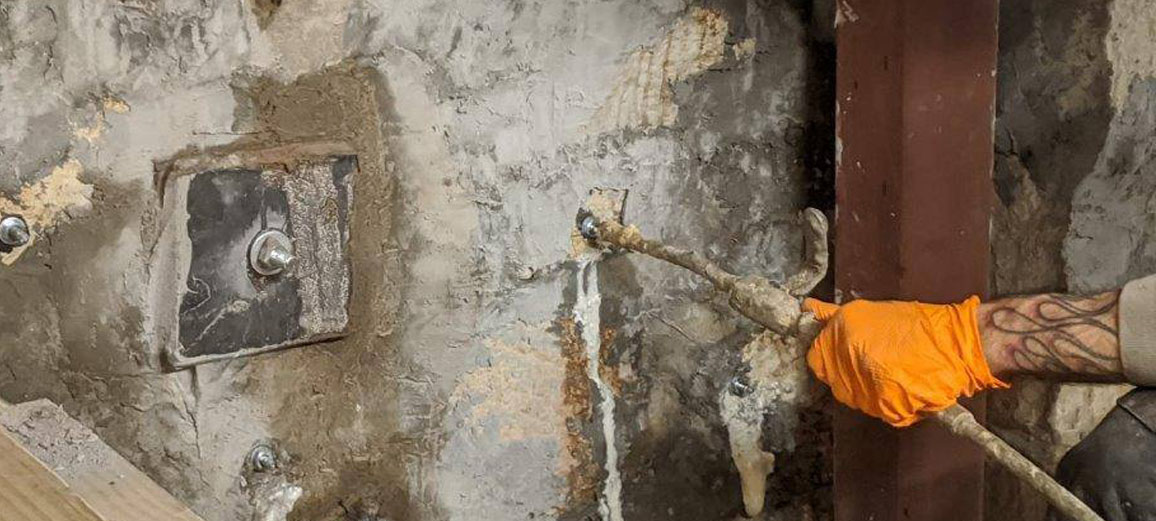Injection works, in the context of construction and civil engineering, typically refer to a method used to repair cracks, voids, leaks, and other defects in various structures, including concrete, masonry, and soil. The injection process involves injecting specialized materials, such as resins, grouts, or gels, into the affected areas to restore structural integrity, prevent water infiltration, and enhance durability. Here’s an overview of injection works and its applications:
- Crack Injection: Crack injection is a common method used to repair cracks in concrete and masonry structures. It involves injecting epoxy or polyurethane resins into cracks to fill and seal them, preventing water intrusion and further deterioration. Crack injection is suitable for both actively leaking cracks (with polyurethane) and non-leaking cracks (with epoxy).
- Void Filling: Injection works can be used to fill voids, cavities, and hollow spaces within concrete structures. This process helps improve structural stability, reduce settlement, and prevent the formation of voids due to erosion, settlement, or construction defects.
- Leak Sealing: Injection works are often employed to seal leaks in underground structures, such as tunnels, basements, and foundations. Water-reactive polyurethane or acrylic grouts are injected into the soil or concrete surrounding the leak to form a waterproof barrier and stop the flow of water.

